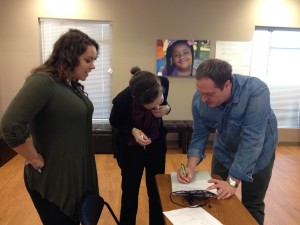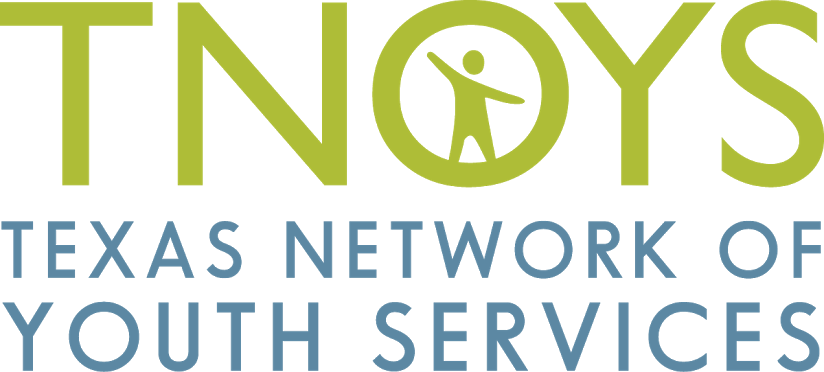By Laquinton Wagner, TNOYS Youth Consultant and Co-Chair of the Transition Age Youth and Families Initiative’s Youth Council
From January 27th-29th, TNOYS hosted the first series of TIP Model Trainings in Houston for the Transition Age Youth and Families (TAYF) Initiative. Our guest speaker was TNOYS’ friend Marc Fagan with the Transition to Independence Process or TIP, who facilitated the entire three days. The audience included people of all ages from our eight partner organizations.
Personally, I would sum up the entire model as one enlightening course on the lost fundamentals of human decency, humanity, and compassion. Essentially, the TIP model provides a means for young adults to have a large say and hand in the planning of their own futures, goals, execution of their dreams, and plans for their own emotional/mental welfare. It does this by giving specific training and tools to service providers.
The TIP model is steeped in support of the notion that nobody wants to have a committee of professionals decide their fate. Speaking from the perspective of a former youth involved in the mental health industry, foster care, and the juvenile justice system, the TIP model brought me a great deal of peace, joy, and excitement. The very idea that young adults like me are now being considered in the overall planning of their futures is a beautifully remedy to a complicated situation.
I was not the only one who thought highly of the TIP model. Following the three day training, four attendees were interviewed. Aldo, a young adult and youth advocate with Disability Rights Texas, said the TIP model was “really helpful, particularly when it comes to the way we should treat our young adults.” Victor with the City of Houston Health and Human Services stated that “as the days and months go by, trial and error [with TIP methods] will prove to be helpful to the work we all do.” Irma with Family Houston was the most vocal about how the TIP model will benefit her agency. “It’s helped our team look at how we are providing these services to our youth and their families, and the importance of providing specific, customized treatment to our clients.” Ramona, with Star of Hope, had the most to say about how this will benefit the youth. “This training has been really beneficial in that it breaks down the goals of transitioning youth. It has shown me how to put things in perspective when working with transitioning youth [with mental health challenges] in their attempts to transition [and fit into] mainstream, adult society.” Overall, the TIP model seemed to have nothing but support and positivity surrounding it.
Only the future will tell how the TIP model is implemented over the next four years and beyond and how much of a difference it will make in the overall quality and execution in services provided to youth with mental health risks and challenges and their families in the Houston area. ,So far all agencies seem to all be in agreement to the possible benefits of this model. After all, how do you know what youth need, and how services are benefitting youth without asking them?





Dear Laquinton, I was so taken by your article about the significance of the TIP Model. As the Developer and Lead Researcher of this model, I’m thrilled to hear the perspective of youth and young adults about TIP. The voice of young people was so essential in my development and researching of this model.
I would greatly appreciate having your email address so I might communicate with you further.
Again, thank you for your brilliantly and passionately written article regarding the TIP Model. Best regards, Rusty
Rusty — Thank you for your comment, and nice to hear from you! We are working with several youth and young adults in Houston as well as a few in other spots in Texas. Our Youth Programs Coordinator, Elizabeth, would be a great resource for you to connect with them (eflint@tnoys,org). Or I’m happy to talk to you as well (LOToole@tnoys.org). We’ve been lucky to have LaQuinton’s input and support in the launch of the Houston Transition and Youth and Families initiative.
Glad you enjoyed the post – we love the opportunity to have guest bloggers, especially youth and caregivers!
-Lara
Wow that was a nice comment to read…